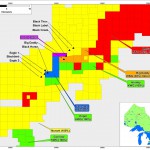-
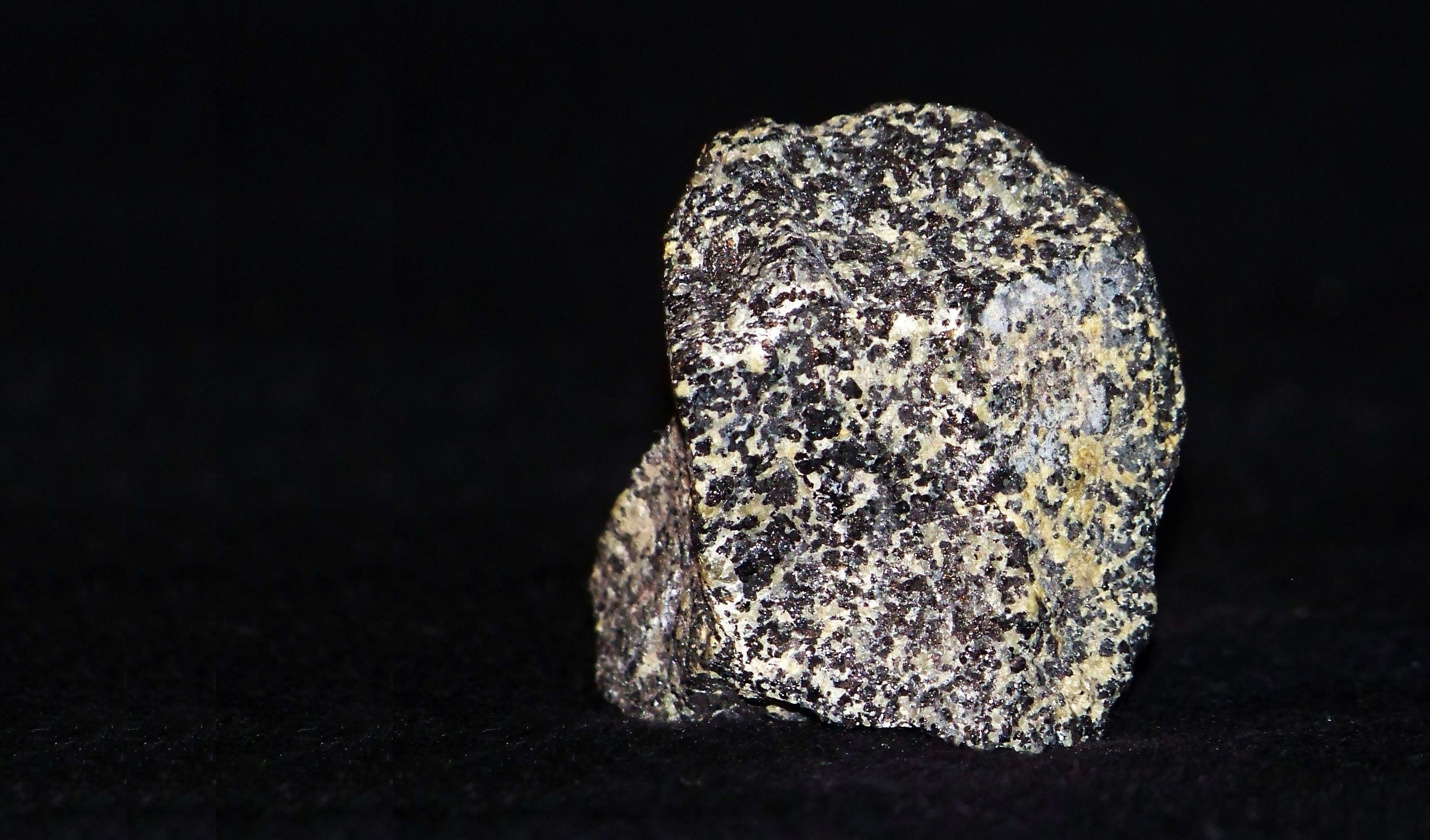 The mineral chromite is the only source of the metal chromium
The mineral chromite is the only source of the metal chromium -

Without chromium, stainless steel would not exist -
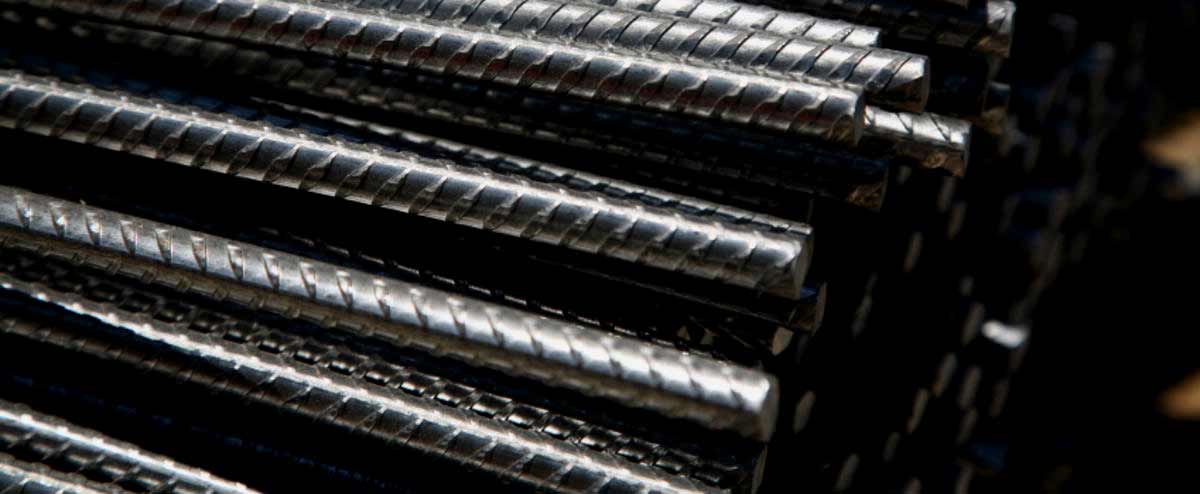
Without stainless steel, our bridges and buildings quickly crumble -

Without chromite to make stainless steel, we cannot create lasting dreams! The Kelpies, in Scotland, sculptured by Andy Scott is clad in stainless steel -

Our need for stainless steel has been growing by 5 to 7% for 70 years Stainless steel improves the sustainability of our increasing use of metal because it makes everything more durable -


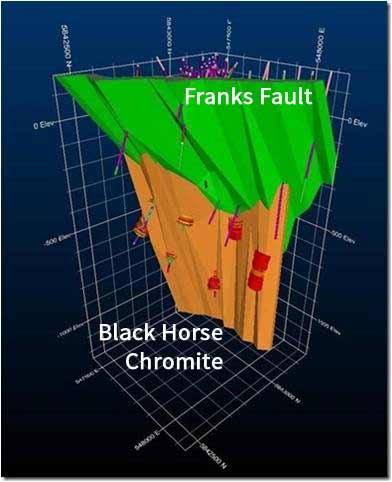

-

-

-
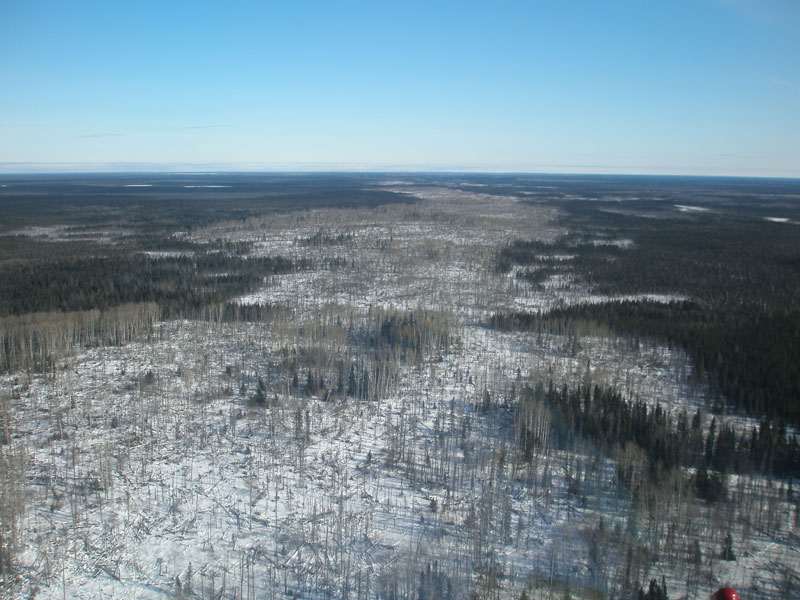
Canada Chrome Corporation has staked mineral claims over a 330 kilometer route of unique high ground through the wetlands Low cost rail transport ensures the economic viability of mining chromite -
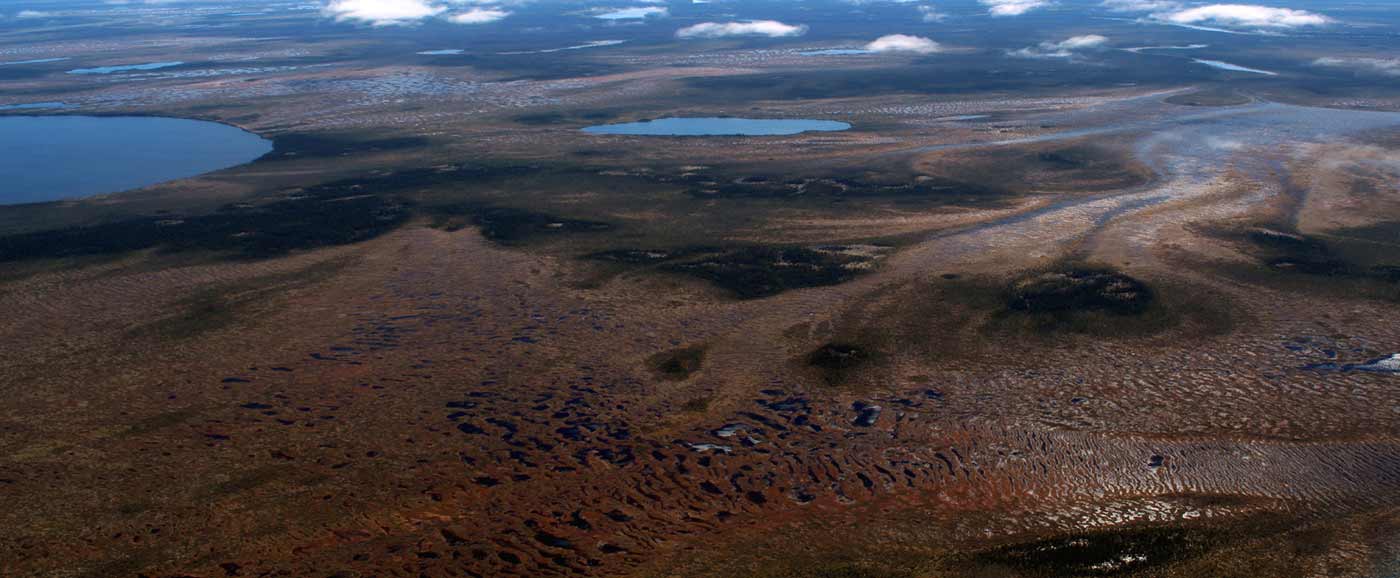
Rail transport will reduce the footprint and negative impact on the ecologically sensitive wetlands We value our natural environment -

Canada has a significant global advantage in reducing chromite to ferrochrome alloy; natural gas An oversupply of natural gas in North America for many decades will keep its price low Chromite is currently reduced to ferrochrome at 1700 degrees in electric arc furnaces KWG has invested in the development of natural gas reduction of chromite KWG's gas chromite reduction is "new art" and is the subject of global patent applications KWG's gas chromite reduction occurs at 1300 degrees, leading to much lower energy consumption -

The energy savings of KWG's chromite gas reduction replacing the existing method is equivalent to the power needs of a country the size of Italy -
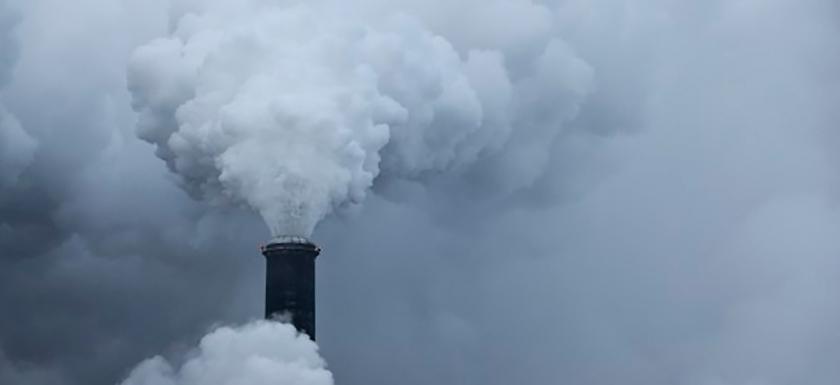
KWG's gas chromite reduction releases fewer greenhouse gases KWG's gas chromite reduction will revolutionize ferrochrome production -

In honour of the treaty between the First Nations of this land and Crown, it is KWG's desire that the First Nations be partners in the Ring of Fire developments 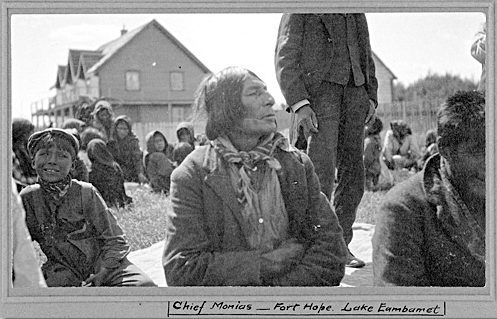
As partners and owners, First Nations could shape their future!
MCFAULDS LAKE
On February 28th, 2001, joint venture partners KWG Resources Inc and Spider Resources Inc (“Spider”) entered into a joint venture with De Beers Canada Exploration Inc (“DeBeers”) whereby De Beers would earn a 50% interest in the claims staked as a result of any discovery made based on targets generated by a KWG-Spider fixed wing magnetic survey that covered a large portion of the James Bay Lowlands. On March 9th, 2001, De Beers staked claims 1242319 and 1242329 to cover a magnetic anomaly at the north end of McFaulds Lake with the intention of testing the anomaly with core drilling. Drilling discovered copper and zinc bearing massive sulphides, the first discovery in what is now known as the Ring of Fire. The discovery was followed by staking of claims over a large area. De Beers was not interested in participating in base metal exploration under the joint venture and ceased to be a joint venture partner. In a subsequent agreement dated May 2nd, 2003, De Beers ceded to each of Spider and KWG a 50% interest in the claims staked and retained a 1.5% Net Smelter Royalty, and 0% interest in the claims. From 2003 to 2006, the Spider-KWG joint venture discovered 10 occurrences of copper and/or zinc. In 2007 this property, along with other properties in the area, were optioned to UC Resources Ltd. (“UC”) who had a right to earn a 55% interest in the properties, thereby reducing Spiders interest to 30% and KWG’s interest to 15%. UC conducted work on the property until 2011 when they sold their right to earn an interest in the property to Cliffs Chromite Far North Inc., who conducted further work on the property and have earned UC’s 55% interest, in addition to the 30% interest belonging to Spider which was purchased by Cliffs Natural Resources (“Cliffs”) and renamed Cliffs Chromite Far North Inc, which Noront Resources Ltd. (“Noront”) purchased in 2015 (Figure 6).

